 Night Shark Series Chef's Knife 8"
Night Shark Series Chef's Knife 8"
Some of our favorites:
- Shogun Series Chef's Knife 8"
- Gladiator Series Chef's Knife 8"
- Shadow Black Series Chef's Knife 8"
- Valhalla Series Chef's Knife 8"
- Shogun Series Chef's Knife 6"
1. Why You Need A Good Chef's Knife
If you’re the kind of home cook who doesn't flinch at the sight of a whole butternut squash, then you already know that a solid chef's knife is the backbone of any serious kitchen. Whether you’re dicing onions with military precision or mastering that elusive rocking motion, a great chef's knife will make you feel like a pro. Think of it as your culinary Excalibur -- only, you know, more useful for slicing tomatoes than slaying dragons.
But why does every serious home cook need a classic 8-inch chef's knife in their arsenal? It's simple: versatility. From finely chopping herbs to tackling a whole chicken, a chef's knife is the multitasker of the kitchen, the one kitchen tool you’ll reach for 90% of the time. So, unless you’re trying to make a habit of using your paring knife to carve a turkey (don’t), investing in a high-quality chef’s knife should be a no-brainer.
A good chef knife is a worthwhile investment
A good chef’s knife is an extension of your hand, your go-to kitchen companion. Imagine trying to prepare a meal without one. Sure, you could fumble around with a bunch of smaller knives from that random knife set gathering dust in your drawer, but that’s like trying to change a tire with baby gear -- awkward and ineffective. When you have a reliable chef’s knife, like the classic 8-inch, everything just flows. Chopping, slicing, dicing -- it all becomes second nature.
And let's not forget the sheer joy of using a knife that’s been professionally sharpened. There's nothing quite like the sensation of effortlessly gliding through a ripe tomato without squashing it into oblivion. A sharp edge not only makes your work easier, but it also adds a little flair to your cooking routine. You might even catch yourself admiring the smooth, clean cuts you’re making and think, “Wow, I could be a pro chef.”
Do knife brands matter?
Speaking from experience, one thing that kept me from diving into the world of knives in earnest was the idea that I was going to have to deal with a bunch of fancy brands. And, truth be told, sometimes those fancy brands cost more just because they're recognizable names. Does it really matter if a knife is made by a household name instead of some no-name generic company?
In some cases, there's definitely a bunch of marketing fluff you need to cut through. But looking into the main knife companies you'll find that a lot of them have earned their reputation through making excellent products. Whether you're wielding a gorgeous piece from Dalstrong, a Wüsthof Classic, a Bennett’s chef's knife, or even an affordable Japanese option, the right knife brings a sense of confidence to your cooking. It’s like having a sous-chef who never talks back -- just quietly does its job, making you look good in the process.
So yeah, sometimes it's worth exploring knife brands and learning about them. And that's partly what this blog post is for.
A high-quality chef’s knife can save you time and frustration
Instead of struggling with dull blades or switching between multiple knives, you have one reliable tool that does it all. This isn’t just about convenience; it’s about elevating your cooking game. When you’re working with the right knife, you’re more efficient, more precise, and -- let’s be honest -- less likely to accidentally take a chunk out of your finger.
While it might be tempting to stick with that budget knife set or to reach for a paring knife out of habit, do yourself a favor and invest in a chef’s knife that you’ll actually enjoy using. It doesn’t have to be the most expensive option out there; even an affordable Japanese knife can offer a world of difference. The key is finding one that feels good in your hand and gets the job done with minimal fuss. Because at the end of the day, cooking should be enjoyable, not a chore -- and a great chef’s knife is your ticket to culinary bliss.
2. The Important Components Of A Chef's Knife
 Shadow Black Series Chef's Knife 8"
Shadow Black Series Chef's Knife 8"
Before you start adding every knife you see into your cart at Sur La Table, let’s break down what makes a good chef’s knife. Because, much like a great relationship, it’s what’s on the inside that counts.
Blade Material
When it comes to chef's knives, the blade material is key -- it defines everything from sharpness to durability. Most people gravitate towards steel, but not all steel is created equal. Japanese-style knives, for example, are often made with harder steel. This gives them their razor-sharp edges, perfect for those paper-thin slices of fish or a pro chef's knife precision. But, there’s a trade-off: harder steel can be more brittle and challenging to sharpen if you’re not a knife whisperer.
On the flip side, the German-style knives -- think Dalstrong Gladiator, Wüsthof Classic Ikon or the Henckels Classic -- come with a slightly softer steel. This makes them easier to sharpen, and they can take a bit more of a beating in the kitchen without chipping or cracking. It’s like the difference between a high-maintenance sports car and a reliable SUV; both get the job done, but they offer very different driving experiences. Whether you lean towards a Mac knife with its harder, precise blade or prefer the forgiving nature of German knives, understanding the blade material will help you make a more informed choice.
Blade Length
Size does matter. The classic 8-inch chef's knife is the Goldilocks of the knife world: not too big, not too small, just right. It’s long enough to tackle large tasks like slicing through a hefty roast but nimble enough for more delicate jobs like mincing garlic. This length gives you the versatility to do pretty much anything, from cutting up a chicken to dicing a mountain of onions for your famous chili.
If you’re tempted by something longer or shorter, consider what you’ll be using the knife for. A longer blade can be great for big jobs, but it might feel like you’re wielding a machete in the kitchen if you’re just trying to chop herbs. Meanwhile, a shorter blade can be easier to maneuver but may leave you struggling when faced with a big butternut squash. For most people, the 8-inch knife is the perfect compromise -- it’s no wonder it’s the most popular size in kitchens around the world. The classic chef's knife 8-inch length is the sweet spot, giving you the best of both worlds.
Blade Design
Now, let's get into the nitty-gritty of blade design. You might think all knives are created equal, but trust me, there’s more going on than meets the eye. One of the features to look for is a hollow edge -- a series of small dimples along the blade that create air pockets between the knife and the food. This little detail can make a world of difference, especially when slicing through sticky foods like potatoes or apples. With a hollow edge chef knife, you get smoother cuts and less food sticking to the blade, which means less frustration and more efficiency.
Different designs offer different experiences. For instance, the Mac knife is renowned for its precise blade, making it a favorite among chefs who demand accuracy in their cuts. Whether you're slicing, dicing, or chopping, the blade design plays a crucial role in how the knife performs in your kitchen.
So, before you get caught up in the aesthetics or brand names, take a moment to consider the essential components of a chef’s knife. The right combination of blade material, length, and design can make all the difference between a knife that’s just okay and one that you’ll reach for every time you step into the kitchen. And while it might be tempting to go all out and buy an entire knife set, remember that a well-chosen, high-quality chef’s knife is often all you need to tackle most of your kitchen tasks. Plus, it leaves you more room (and budget) to splurge on other culinary toys.
3. Significance Of Precision And Versatility In A Chef's Knife
 Valhalla Series Chef's Knife 8"
Valhalla Series Chef's Knife 8"
You might be asking yourself, "Why should I care about precision in a chef's knife? Isn’t that just for pro chefs on Bon Appétit?" Well, precision in a chef's knife means more control, and more control means better results. Imagine dicing onions with surgical accuracy or slicing through tomatoes without leaving a juice trail that looks like a crime scene. That’s what a good knife offers you -- efficiency and precision.
Precision isn’t just about making your food look pretty (though that’s definitely a perk); it’s about consistency. When your cuts are uniform, everything cooks evenly, and you avoid that awkward moment when half your veggies are perfectly cooked and the other half are still crunchy. A knife like the Mercer Culinary chef’s knife, or the Shogun Series Chef's Knife 6", with their sharp blade and well-balanced design, give you the confidence to tackle any ingredient with ease. Whether you’re preparing delicate herbs or tougher vegetables, precision in a knife means you can execute your culinary vision exactly as you intended.
Let’s not forget the role of versatility in a kitchen knife. A chef's knife isn’t just for show; it's the multitasker that can handle almost anything. Whether you’re slicing, dicing, mincing, or chopping, a chef's knife should perform like a rockstar. Think of it as your kitchen’s MVP. The beauty of a versatile knife, like a classic 8-inch chef's knife, is that it can go from slicing through a tender piece of fish to dicing onions on your cutting board without missing a beat. This versatility is what makes a chef’s knife indispensable in the kitchen.
Different knives excel at different tasks, but a versatile chef’s knife can do it all -- or at least most of it. Take the Japanese chef's knife, for instance. Known for its precision and sharpness, it’s great for tasks that require a delicate touch, like slicing fish or making paper-thin cuts of vegetables. On the other hand, if you need something a bit more robust, a santoku knife offers similar versatility but with a slightly different shape, making it perfect for chopping and dicing.
But here’s the thing: the best chef's knives combine precision and versatility in one neat package. The hollow edge design, often found in knives like the Dalstrong Gladiator Series Chef's Knife 8" or the Shun Classic, adds to this versatility by reducing drag and preventing food from sticking to the blade. This means you can move from one task to another seamlessly, whether you're slicing tomatoes or mincing garlic. The less time you spend fussing with your knife, the more time you can spend perfecting your dish -- or, you know, enjoying a glass of wine while you cook.
Another aspect of versatility is the knife’s adaptability to different tasks without the need for constant sharpening. Sure, having knife sharpeners on hand is essential, but a good chef's knife should hold its edge through multiple uses. Whether you’re slicing through a delicate fillet or chopping a hearty squash, the knife should perform consistently. A knife like the Shun Classic or Mercer Culinary 8-inch chef's knife offers just that, making them reliable tools in any kitchen.
4. Quality Materials And Construction
Let’s get into the nitty-gritty: the stuff that separates the okay knives from the “OMG, where has this knife been all my life?” knives.
Steel Matters
High-carbon stainless steel is the gold standard. It’s durable, rust-resistant, and holds an edge like a dream. High-carbon stainless steel knives feature sharp edges stay sharp to a point that you don’t have to reach for the knife sharpeners every other day.
Full Tang and Riveted
You want a knife that feels like an extension of your hand, which is why a full tang -- meaning the steel runs from the tip of the blade through the handle -- is so important. Rivets (those little metal dots on the handle) keep everything secure, ensuring the knife doesn’t come apart like a bad IKEA project.
Handle Material
Whether you’re team wood or team synthetic, the handle’s material should be durable and comfortable to hold. Knives like the Global Classic Chef's Knife have a dimpled stainless steel handle, which is excellent for a secure grip, while the Mercer Culinary Renaissance offers a triple-riveted, ergonomic handle that's both durable and comfortable for those long prep sessions.
Meanwhile, Dalstrong knives like the Shadow Black Series Chef's Knife 8" are ergonomic fiber-resin military grade G10 handle, so they're sure to stay comfortable and safe to handle for extended periods of time. Which leads us to…
5. The Importance Of Ergonomic Design And Comfort
 Valhalla Series Chef's Knife 8"
Valhalla Series Chef's Knife 8"
You wouldn’t buy a pair of shoes that hurt your feet after an hour, right? The same goes for your knife. Comfort is key, especially when you’re in the middle of a 45-minute dinner prep and your hand starts to cramp up. An ergonomic design ensures that your knife is comfortable to hold, reducing strain and making your cooking experience more enjoyable. After all, cooking should be a labor of love, not a literal pain in the hand.
A knife with poor ergonomics can turn a joyful cooking session into an endurance test. Imagine trying to slice through a pile of vegetables with a handle that’s too bulky, too small, or just plain awkward. By the time you get to that last carrot, your hand might be begging for mercy. That’s why the handle’s design is just as important as the blade itself. It should fit your hand like a glove, allowing you to chop, slice, and dice with ease and confidence.
A good knife will feature an ergonomic handle that’s designed to reduce hand fatigue. The knife feels balanced and comfortable, so you can tackle anything from delicate herb chopping to breaking down a chicken without needing a hand massage afterward. The handle’s shape allows for a natural pinch grip -- the way pro chefs hold their knives by pinching the blade -- making it easier to control the knife and execute precise cuts.
The Dalstrong Shogun Series X chef's knife is a fantastic option that takes ergonomic design to the next level. Its G10 fiberglass handle is not only incredibly durable but also feels like it was custom-molded to your hand. The handle's shape is carefully crafted to provide a secure grip, reducing the likelihood of slips while minimizing hand fatigue. This is especially important when you’re facing a marathon cooking session -- think Thanksgiving dinner or that ambitious Saturday night feast you’ve been planning all week.
What sets these knives apart is the thoughtfulness of their design. They’re not just made to cut; they’re made to be an extension of your hand. The weight distribution, the curve of the handle, even the texture -- all of these elements contribute to a knife that feels good to use, even for extended periods. This is what allows you to maintain a comfortable, steady grip, whether you’re delicately chiffonading basil or powering through a butternut squash.
Ergonomics isn’t just about avoiding discomfort; it’s about enhancing your overall cooking experience. A well-designed handle can actually improve your knife skills by giving you better control and precision. When a knife feels like an extension of your hand, you can move through your prep work more fluidly, with less strain and more enjoyment. Whether you're using the Wüsthof Classic Ikon, the Dalstrong Shogun Series X, or another well-designed knife, comfort and control should never be compromised. After all, the best tools are the ones you can rely on, meal after meal, without even thinking about them -- because they just work.
Read about the 5 Tips for Caring for Kitchen Knives: Dos and Don'ts, here.
6. Recommended Dalstrong Chef Knives
1. Shogun Series Chef's Knife 8"
The Shogun Series 8-inch chef’s knife has an incredibly sharp edge and a design that just feels solid in your hand. The blade is made from 66 layers of Damascus steel -- yeah, it sounds fancy, but it’s not just for show. It’s built to last and cuts through pretty much anything like butter. Whether you’re chopping herbs or slicing through a tough butternut squash, this knife makes it feel effortless.
PROS:
- The 66-layer Damascus steel blade not only looks cool but also keeps food from sticking when you’re slicing and dicing.
- The Japanese Super Steel core gives the knife a razor-sharp edge that’s perfect for precision work.
- It’s got a full tang, which means the knife feels balanced and controlled -- no awkward wobbling when you’re trying to get a clean cut.
- The G10 fiberglass handle is built to last and feels great in your hand, so you can cook for hours without your hand cramping up.
CONS:
- It’s a bit on the heavy side, which might take some getting used to if you prefer lighter knives.
- The fancy-looking hammered look and blade pattern isn't for everyone.
2. Gladiator Series Chef's Knife 8"
If you’re on the hunt for a solid kitchen knife that can pretty much handle anything, the Gladiator Series 8-inch chef’s knife is worth a look. This thing is tough -- made from high-carbon German steel that’s built to last, and it’s got a super sharp edge that makes chopping feel like a breeze. The blade is tall enough to give your knuckles some space, so you’re not constantly banging them on the cutting board.
PROS:
- The German steel blade is seriously tough and keeps its sharp edge even with heavy use.
- The tall blade gives your knuckles plenty of clearance, making chopping safer and more comfortable.
- The full-tang handle with triple rivets feels balanced and sturdy, giving you good control while you’re slicing.
- The G10 handle can take just about anything -- heat, cold, moisture -- you name it, this handle can handle it.
CONS:
- You’ll need to hone the edge regularly to keep it sharp.
- It's kind of the flipside of the Shogun Series knife in that it features a classic, timelessly elegant look – while some folks might prefer a busier design.
3. Shadow Black Series Chef's Knife 8"
If you’re looking to add a little edge to your kitchen -- literally and figuratively -- the Shadow Black Series 8-inch chef’s knife is an awesome choice. This knife isn’t just about looking cool (though it definitely does that); it’s about serious performance. With its finer tip, this knife can handle everything from coring tomatoes to slicing, dicing, and even transferring your chopped goods from the cutting board to the pan. The midnight black titanium coating not only gives it a sleek, stealthy look but also adds durability and corrosion resistance. Plus, the unique handle design, inspired by the F-117 Nighthawk Stealth Fighter, offers a grip that’s as solid as it is comfortable, making this knife as functional as it is striking.
PROS:
- The finer tip on this knife adds versatility, allowing you to do more precise tasks like coring, which isn’t as easy with more traditional chef’s knives like the Gladiator or Shogun Series.
- The titanium-nitride coating isn’t just for show -- it adds a layer of protection against corrosion and makes the blade easier to clean.
- The handle design is unique and incredibly ergonomic, offering a comfortable grip that feels secure even during longer prep sessions.
- This knife is ruthlessly sharp, with a hand-sharpened edge of 16-18° per side, similar to the Gladiator Series, but with an even more aggressive look and feel.
CONS:
- The aggressive styling and black coating might not be everyone’s cup of tea, especially if you’re into a more traditional or classic kitchen aesthetic.
- The coating might make sharpening a little awkward but you'll get used to it.
4. Valhalla Series Chef's Knife 8"
If you’ve ever wanted to feel like a kitchen warrior, the Valhalla Series 8-inch chef’s knife is your weapon of choice. This knife is all about bringing a sense of valor and artistry to your culinary endeavors. It’s got a striking, one-of-a-kind handle made from celestial resin and stabilized wood, making each knife unique. Plus, it comes with a Valhalla-embossed leather sheath that’s as stylish as it is functional, keeping your blade protected in true warrior style.
PROS:
- The unique wood and resin handle not only looks incredible but also feels great in the hand, offering a comfortable and secure grip that’s as durable as it is beautiful.
- The 9CR018MOV stainless steel blade is tough and sharp, with an edge honed to 8-12°, which is even finer than what you get with the Gladiator or Shadow Black Series, making it perfect for precision cutting.
- The custom spine adds a nice touch of detail, giving you extra grip and control during those more intricate tasks.
- The genuine leather sheath is a classy addition, offering a stylish way to protect your knife when it’s not in use, unlike the more utilitarian sheaths that come with other series.
CONS:
- The partial tang build, while still sturdy, may not offer the same level of balance and durability as the full tang construction found in the Gladiator and Shogun Series.
- Because of the process used to make the handle, they each look a little different in terms of color distribution.
5. Shogun Series Chef's Knife 6"
If you’ve ever found yourself wishing for a knife that offers the precision of a scalpel with the maneuverability of a smaller tool, the Shogun Series 6-inch chef’s knife might be exactly what you need. This knife is like the nimble younger sibling of the 8-inch version -- lighter, quicker, and perfect for tasks where control is key. The 6-inch blade is made from high-quality Japanese AUS-10V steel, known for its exceptional sharpness and edge retention.
PROS:
- The 6-inch size is ideal for tasks requiring precision and control, making it easier to maneuver in tight spaces or when working with smaller ingredients like garlic, herbs, or shallots.
- Lighter and more nimble than its 8-inch counterpart, this knife is perfect for those who prefer a knife that feels more like an extension of their hand rather than a heavy tool.
- The shorter blade reduces the risk of accidental over-slicing or cutting too deep, which can be especially useful for less experienced cooks or when handling delicate tasks.
- The full-tang G-10 Garolite handle provides excellent balance and comfort, ensuring that even with the smaller size, you don’t sacrifice any of the control or stability you’d expect from a chef’s knife.
CONS:
- While the 6-inch blade offers more precision, it might feel limiting for larger tasks like slicing through big cuts of meat or chopping large vegetables, where an 8-inch knife would be more efficient.
- Some might find the shorter blade less versatile compared to an 8-inch chef’s knife, which can handle a wider range of kitchen tasks without needing to switch knives.
7. Frequently Asked Questions
What is the most used preferred knife by chefs?
Most professional chefs gravitate towards a classic 8-inch chef's knife. The balance between size and maneuverability makes it the go-to knife for most kitchen tasks, whether you’re slicing, dicing, or chopping. The Dalstrong Shogun Series X 8" chef's knife is an excellent all-aroudn choice for chefs of all levels.
What is the best use of a chef's knife?
The best use of a chef's knife is its versatility. From dicing onions to chopping herbs, and even slicing through tougher vegetables like butternut squash, a chef’s knife can do it all. It’s the knife you’ll reach for whether you’re making a quick weekday dinner or prepping for a holiday feast.
What kind of knife do professional chefs use?
Professional chefs often use a variety of knives depending on the task, but the most commonly used is the chef's knife. Each knife has its own feel and specific strengths, which is why chefs often have personal preferences based on the task at hand.



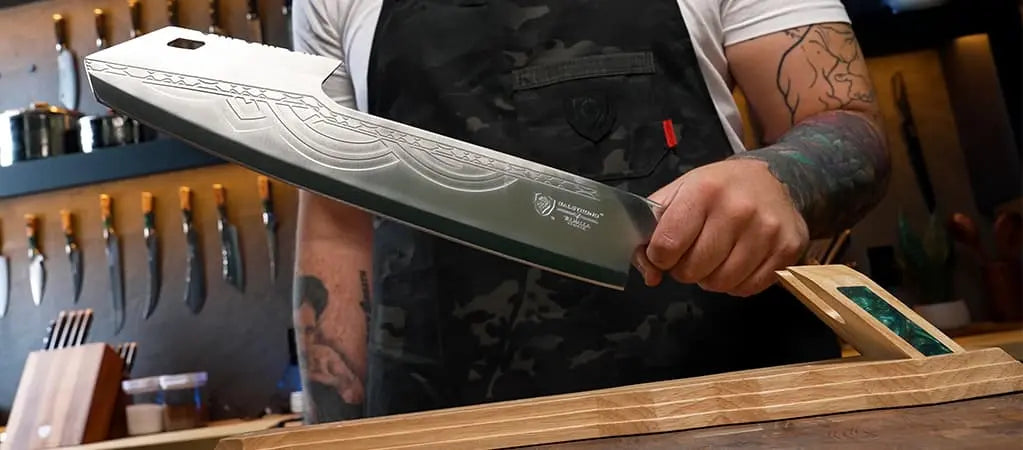
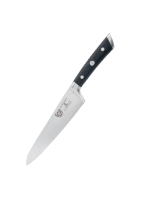
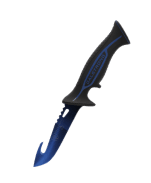
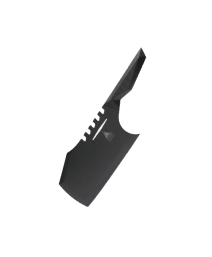
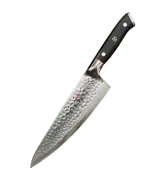
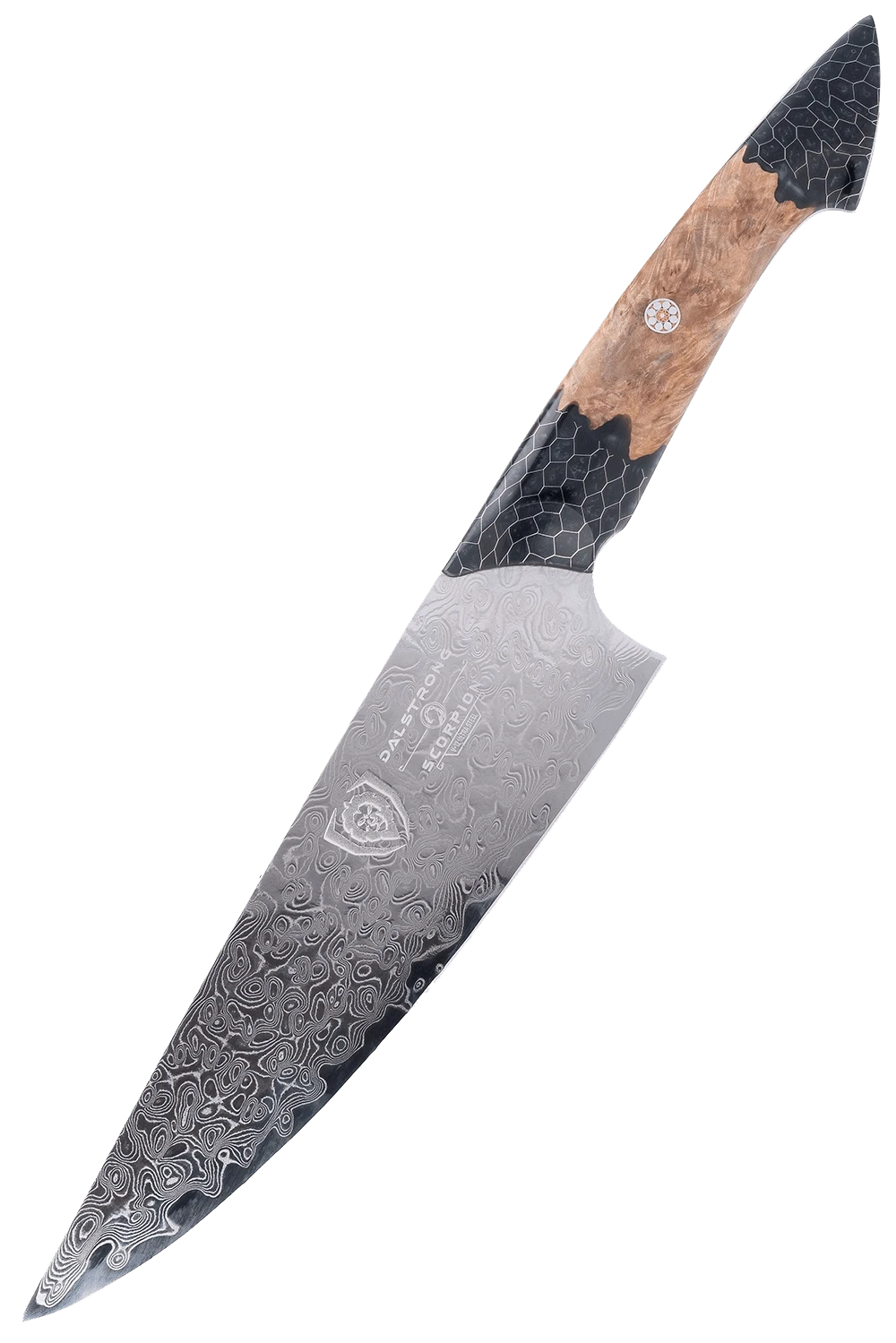
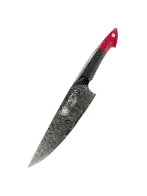
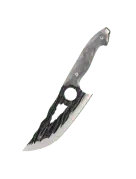
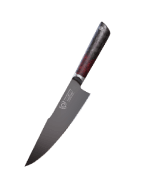
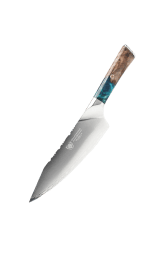

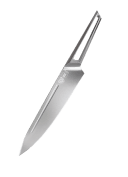
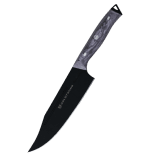

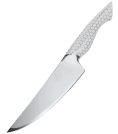
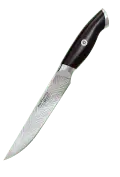
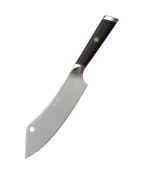
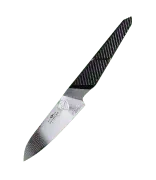
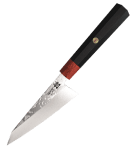
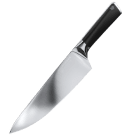
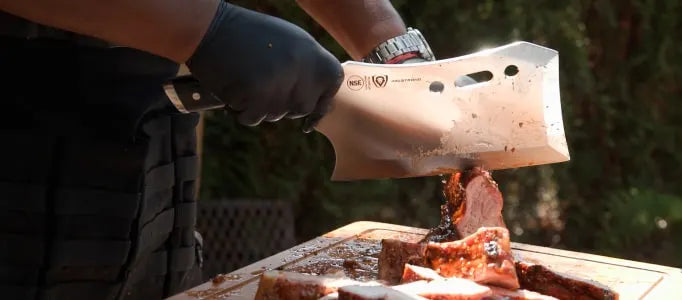
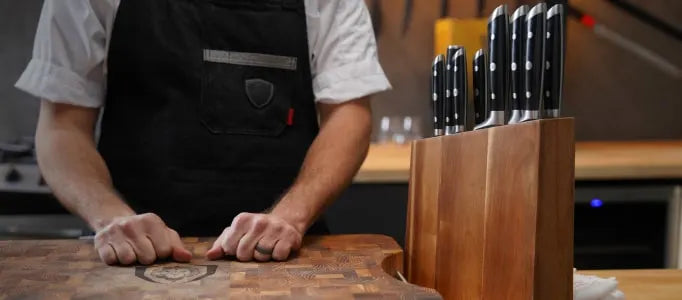
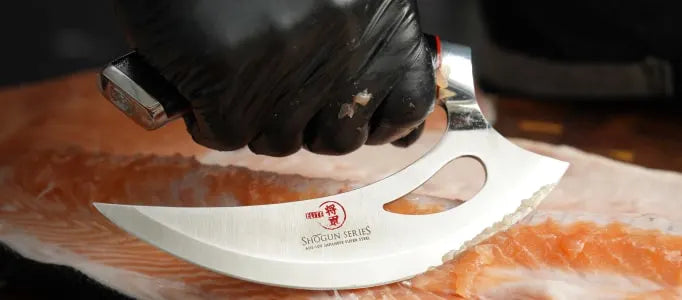

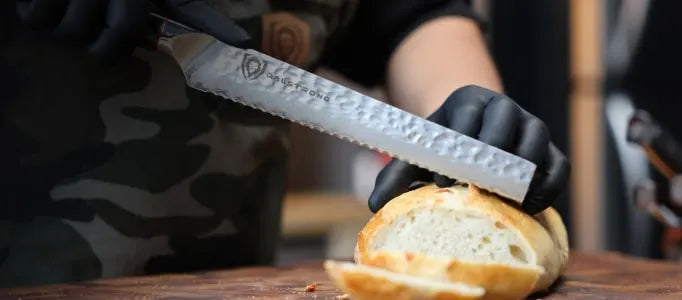
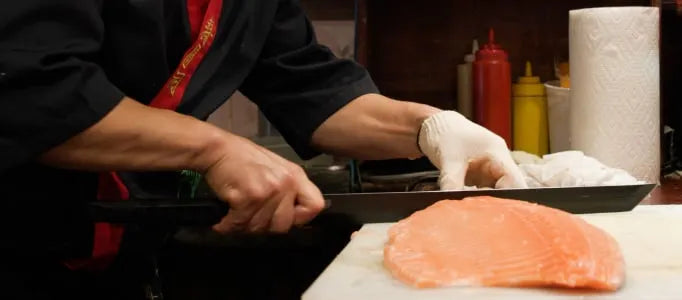
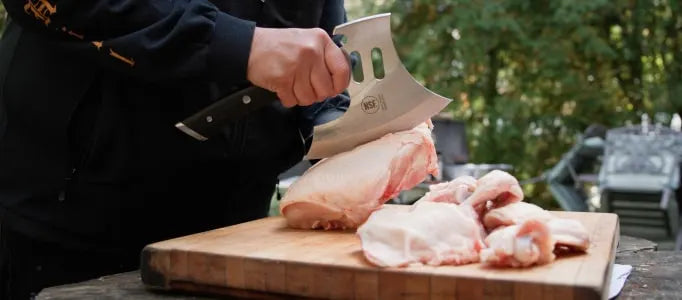
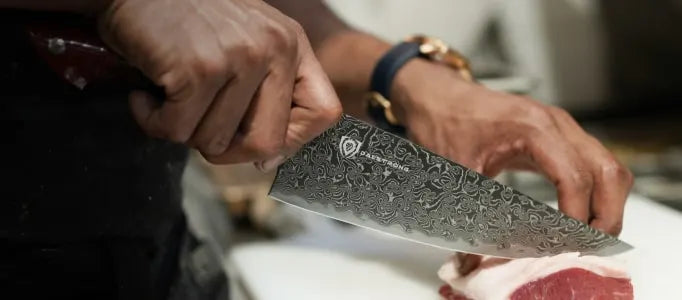
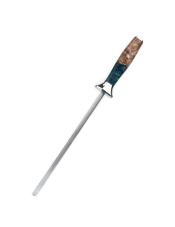
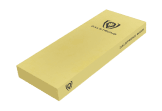


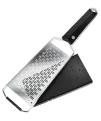






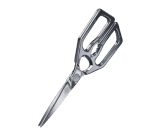





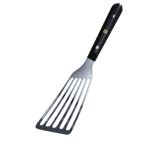

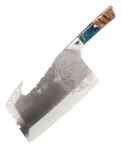

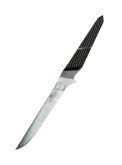
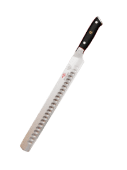
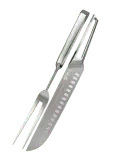
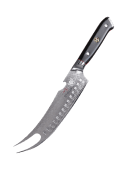
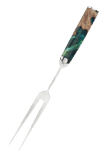
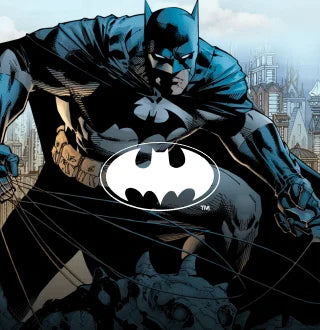



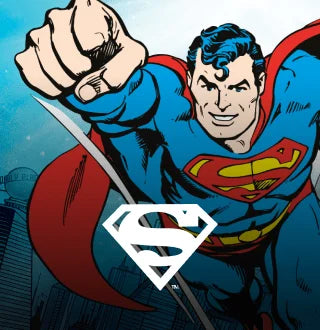
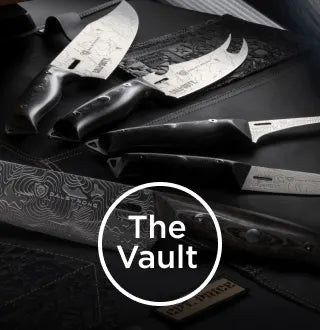

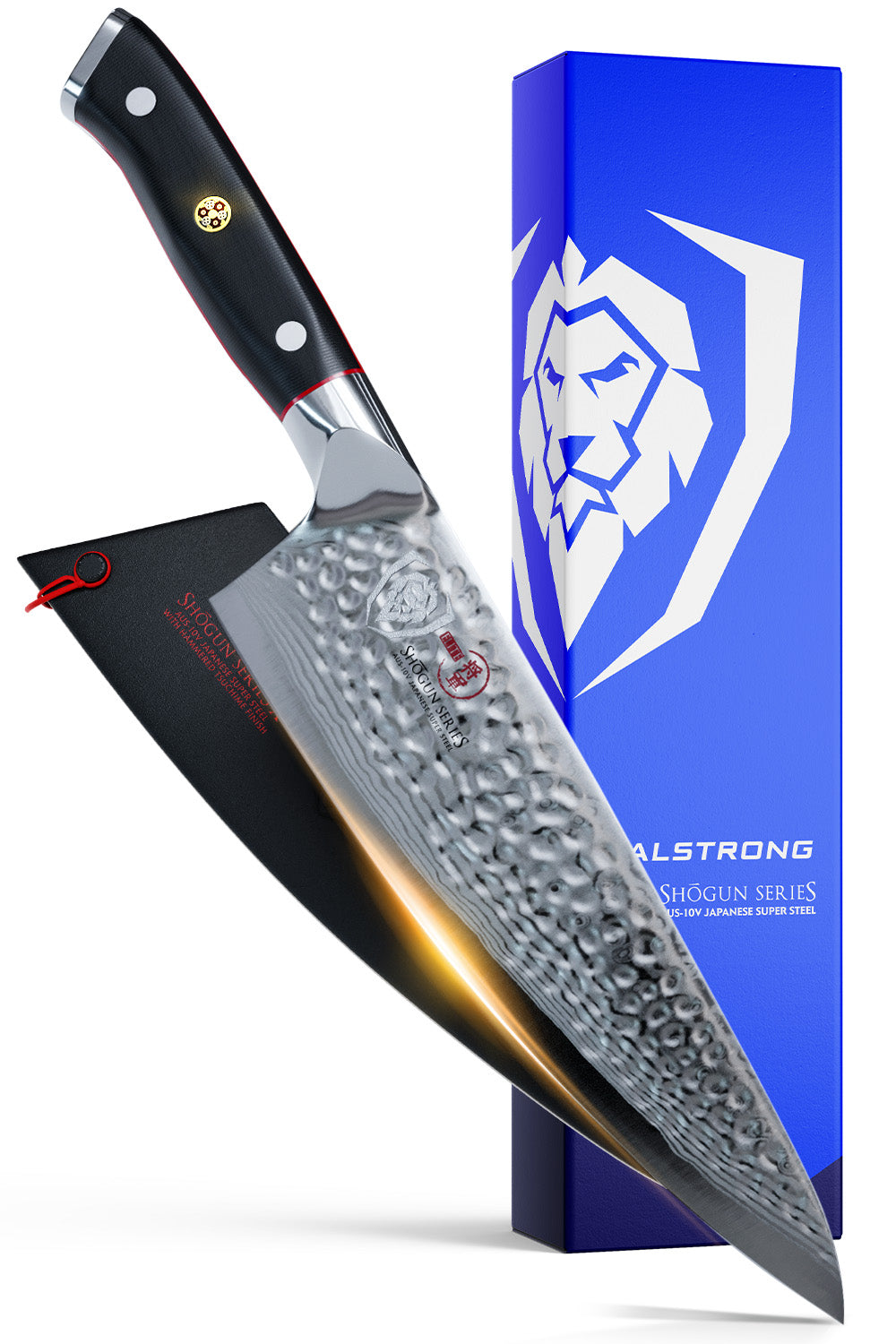

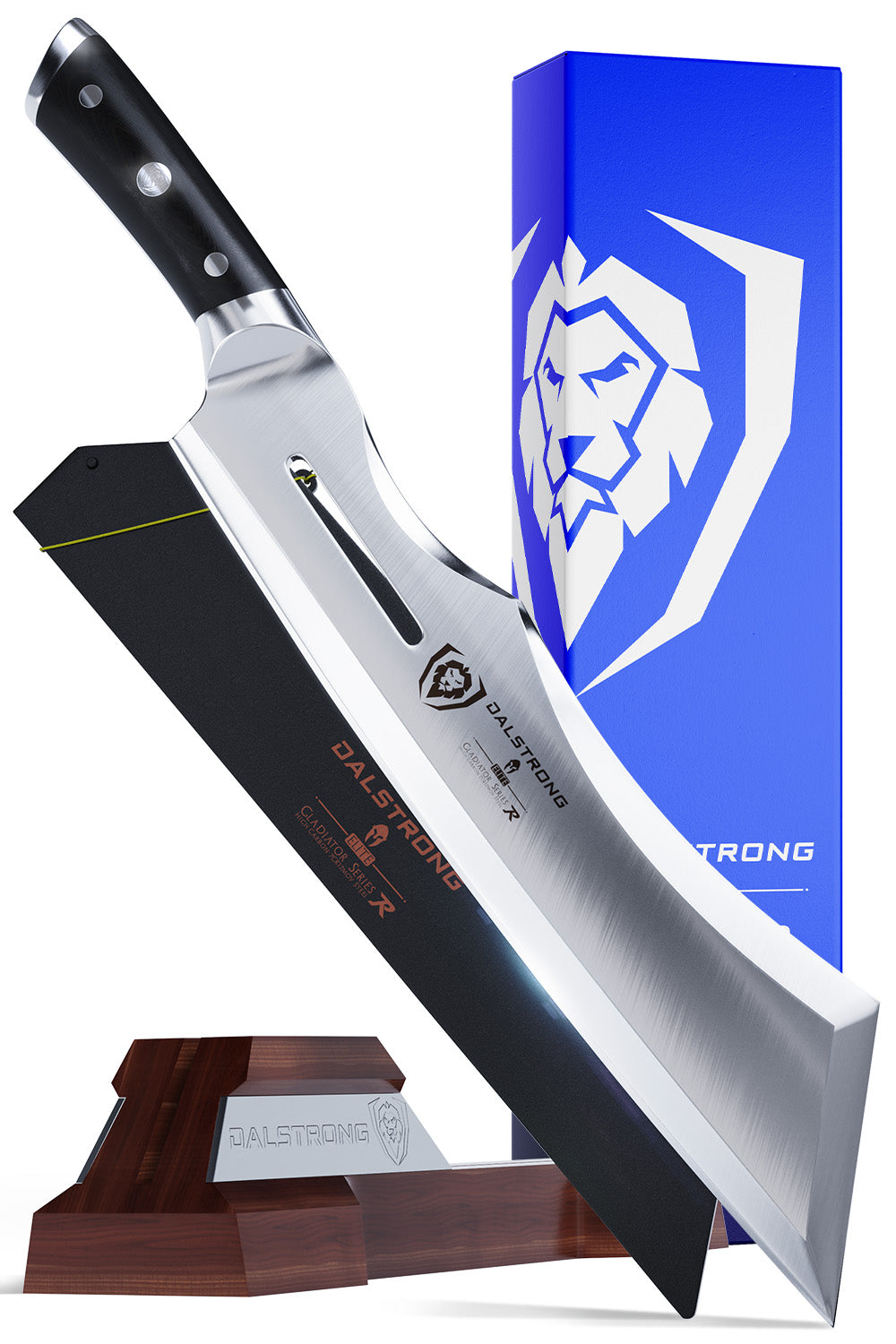








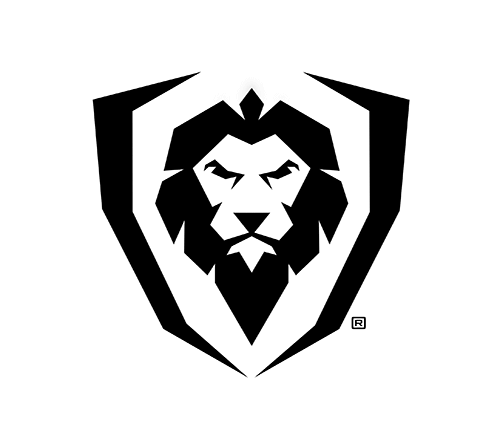
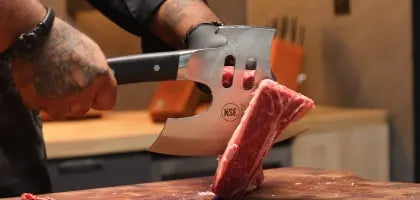

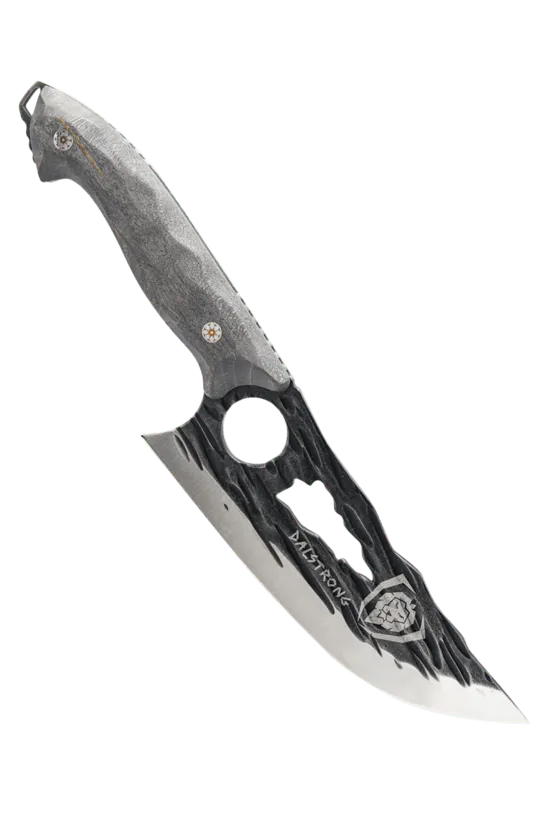
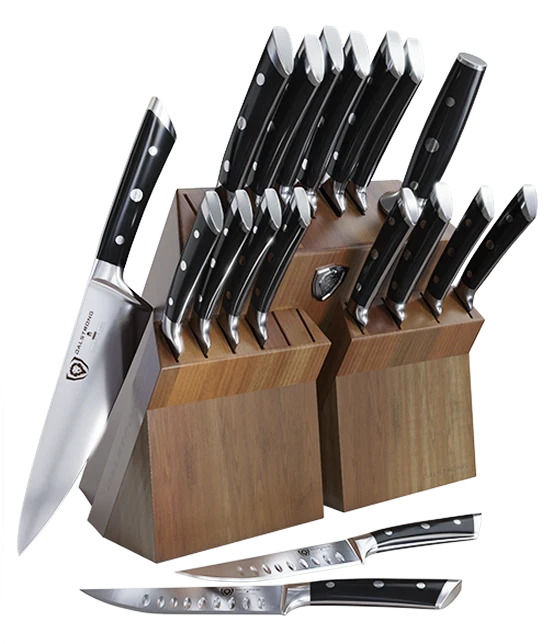

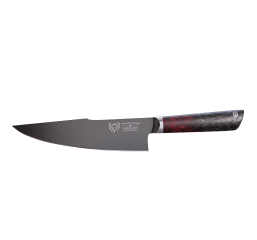
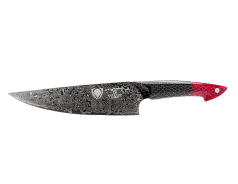
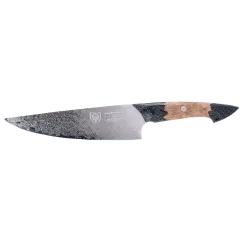
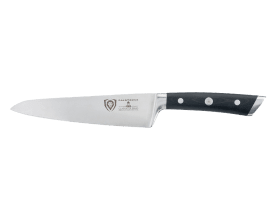
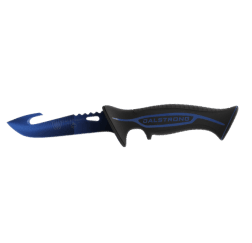
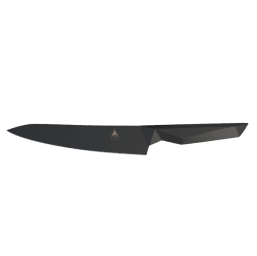





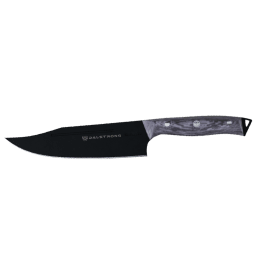

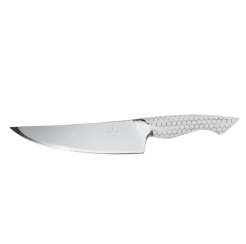
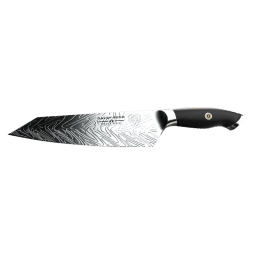
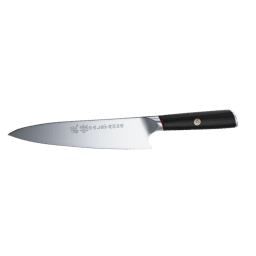
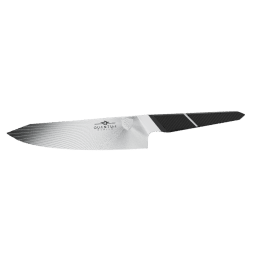

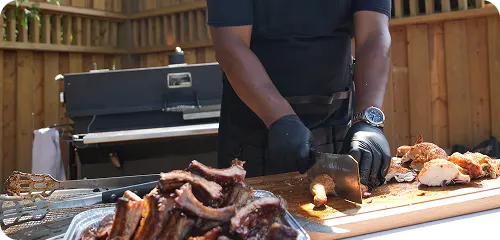
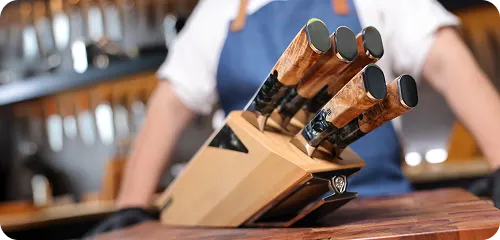





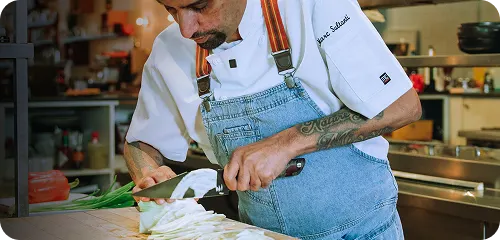
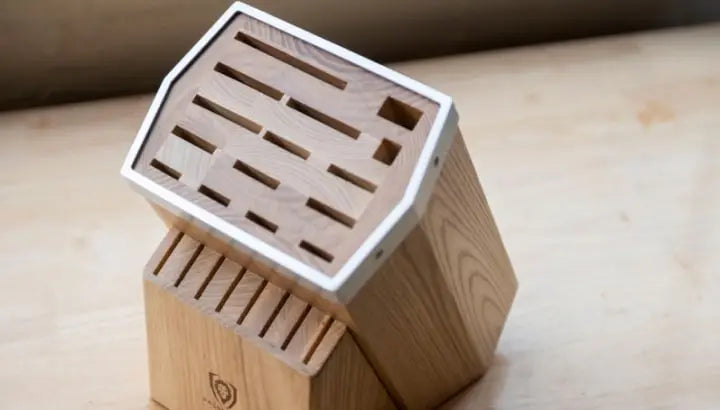

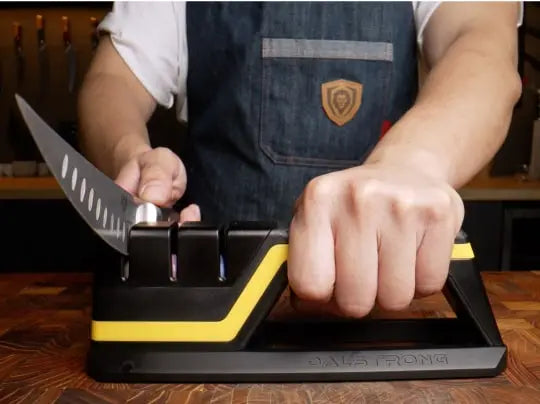
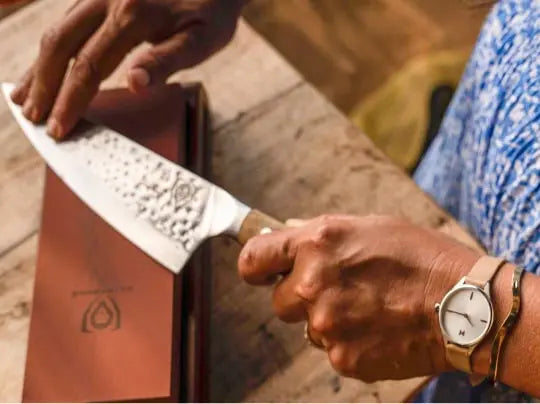
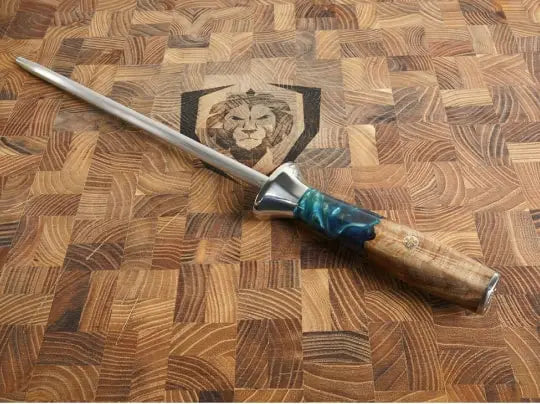
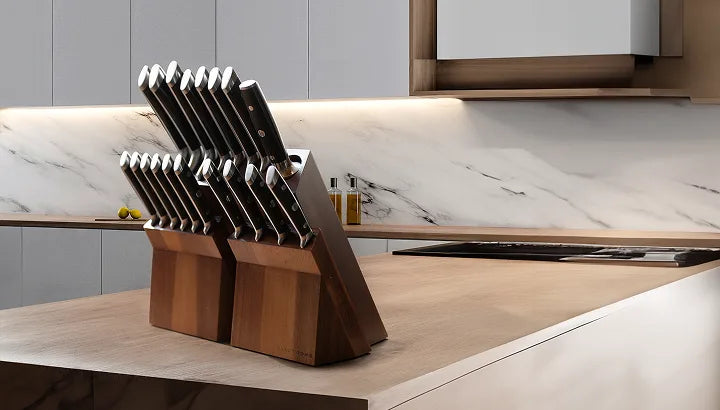
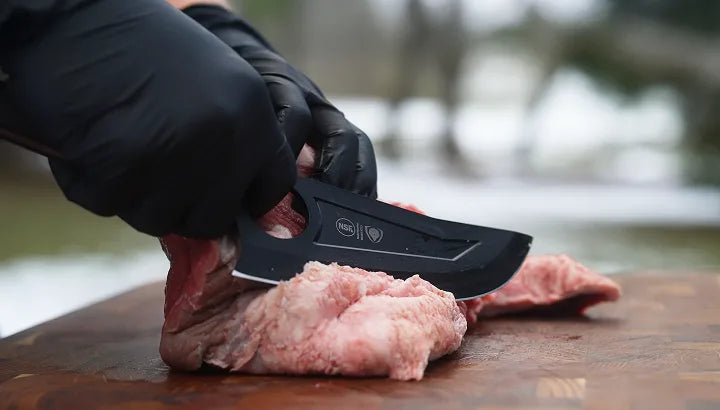
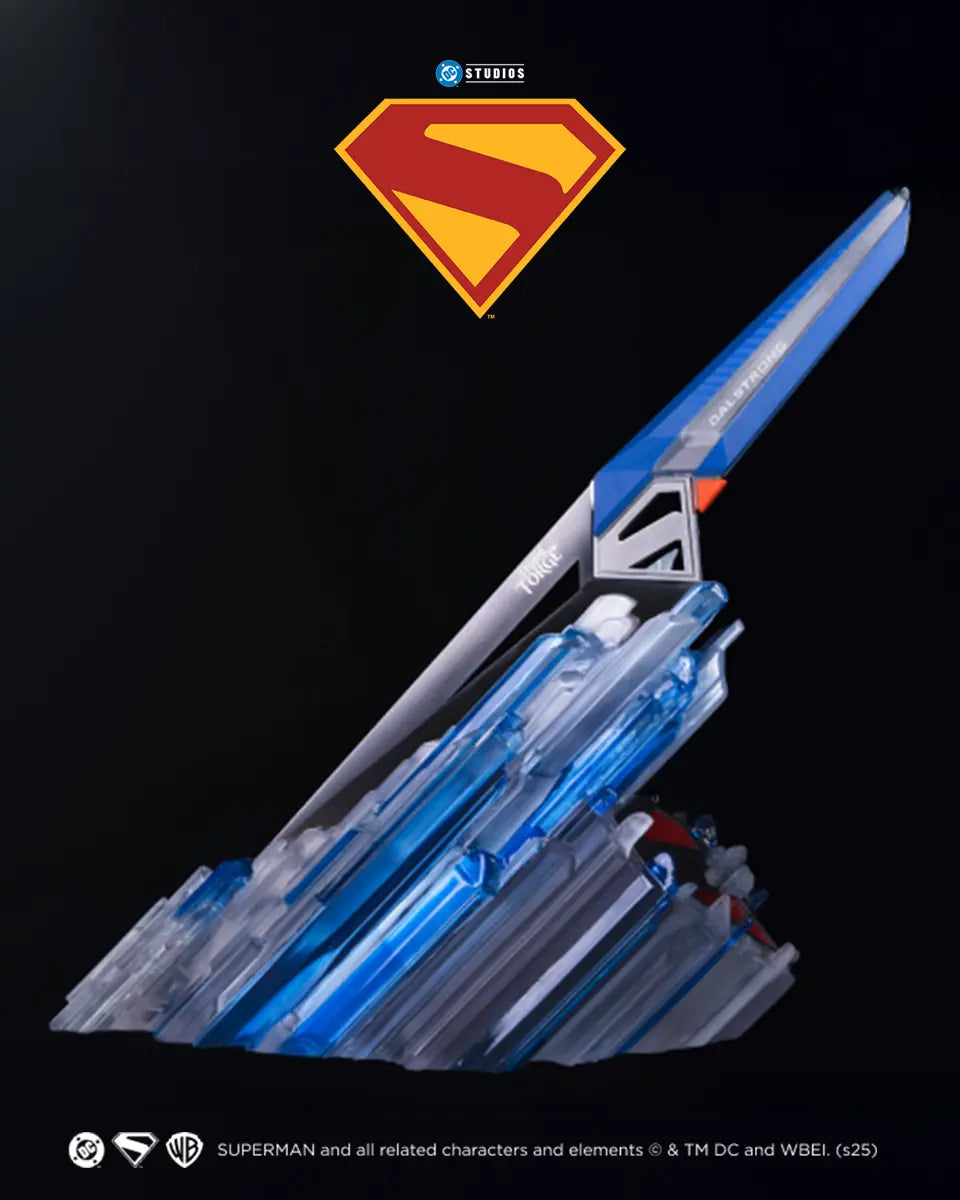
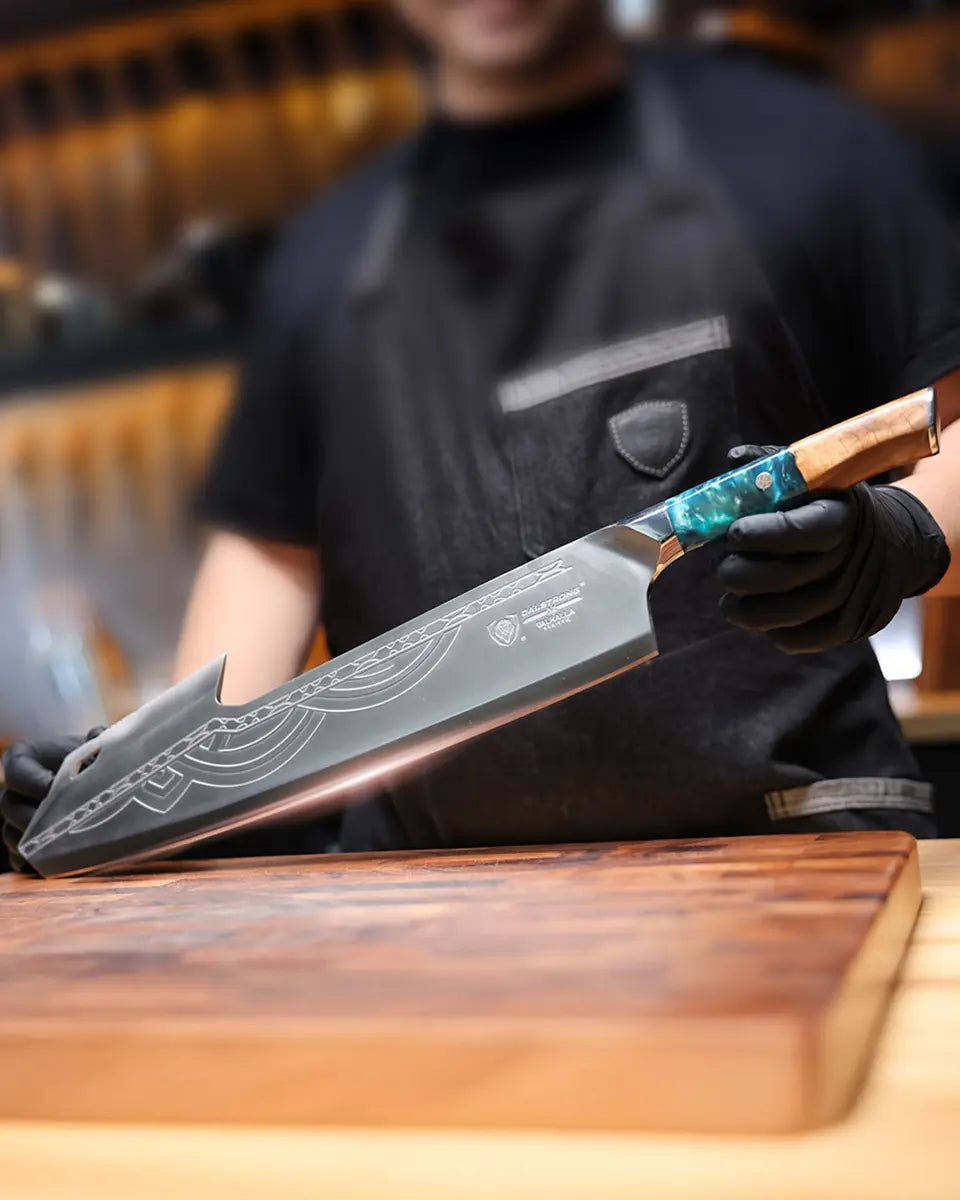


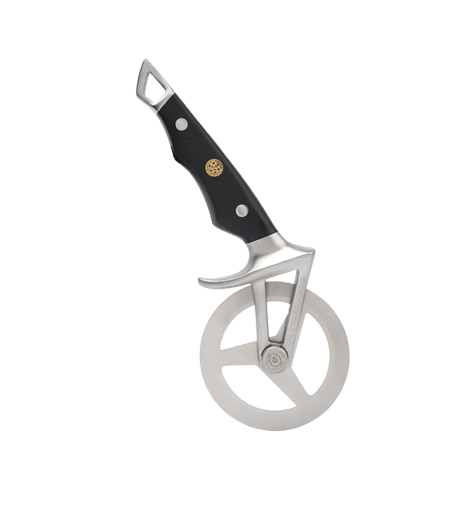
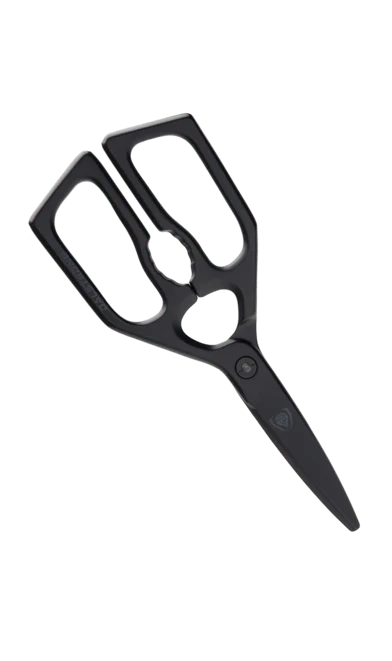
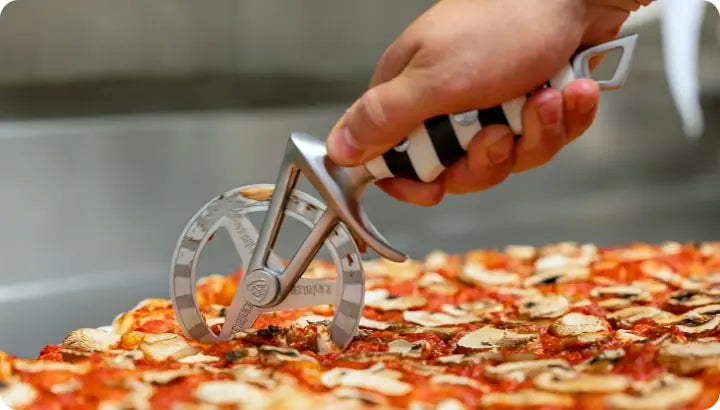

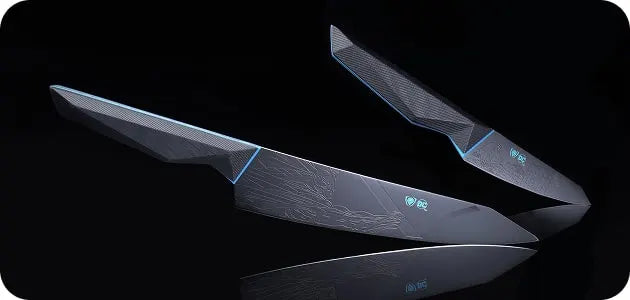
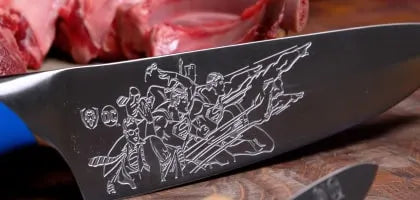
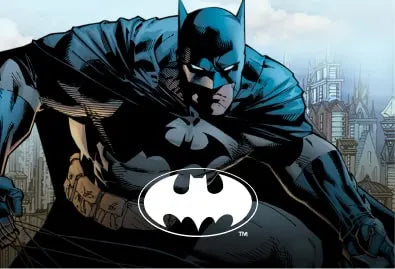

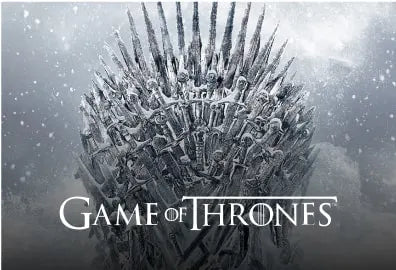

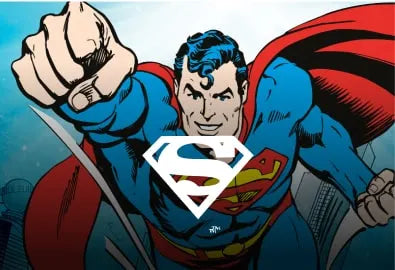



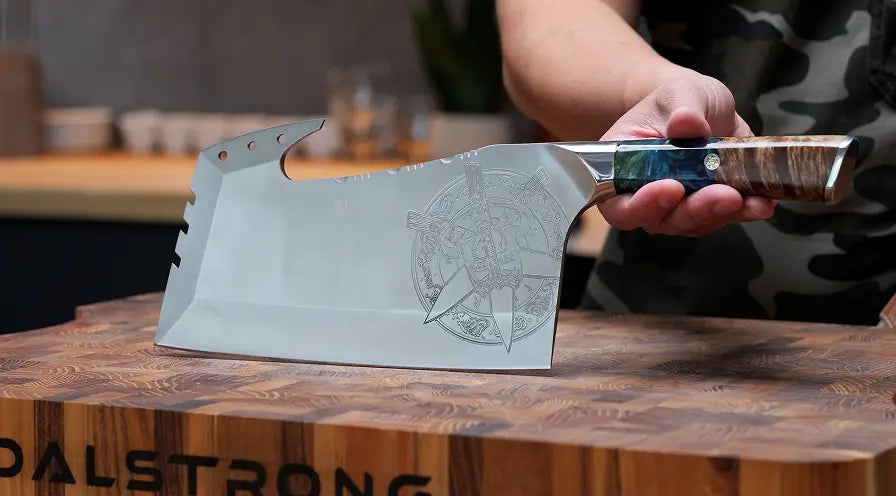
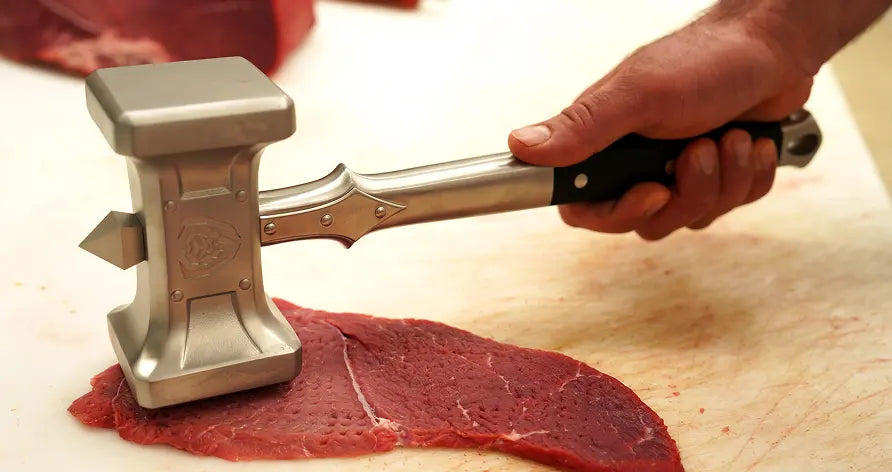
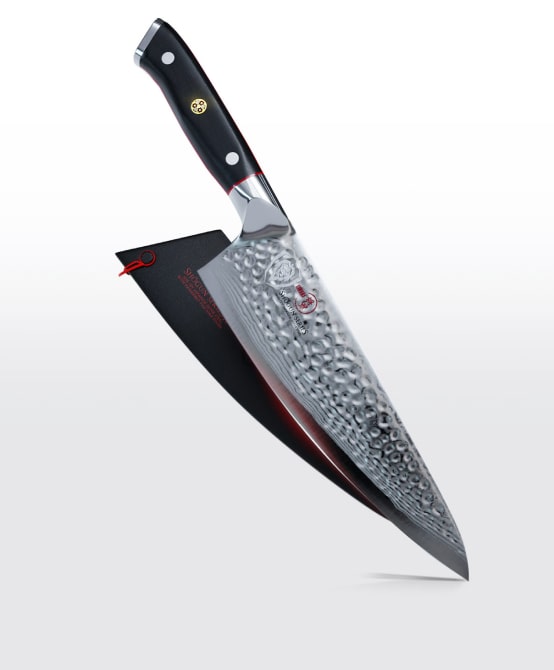



 Shogun Series
Shogun Series 









































































































































































